The Story of the DeLorean #reelsforwheels
As word broke earlier this week that the DeLorean Motor Company will be going back into production, I couldn’t help but think of John DeLorean and the road that led to the DeLorean DMC-12’s immortalization in the minds of petrolheads and sci-fi fanatics worldwide.
As word broke earlier this week that the DeLorean Motor Company will be going back into production, I couldn’t help but think of John DeLorean and the road that led to the DeLorean DMC-12’s immortalization in the minds of petrolheads and sci-fi fanatics worldwide. Although its stardom came too late to save the DeLorean Motor Company, the DMC-12 lives on today, most notably after its depiction in the Back to the Future movie series. Although the DMC-12 was made famous in the movies, you could almost make a movie out of the rise and fall out of John DeLorean and the ill-fated motor company that bore his name.
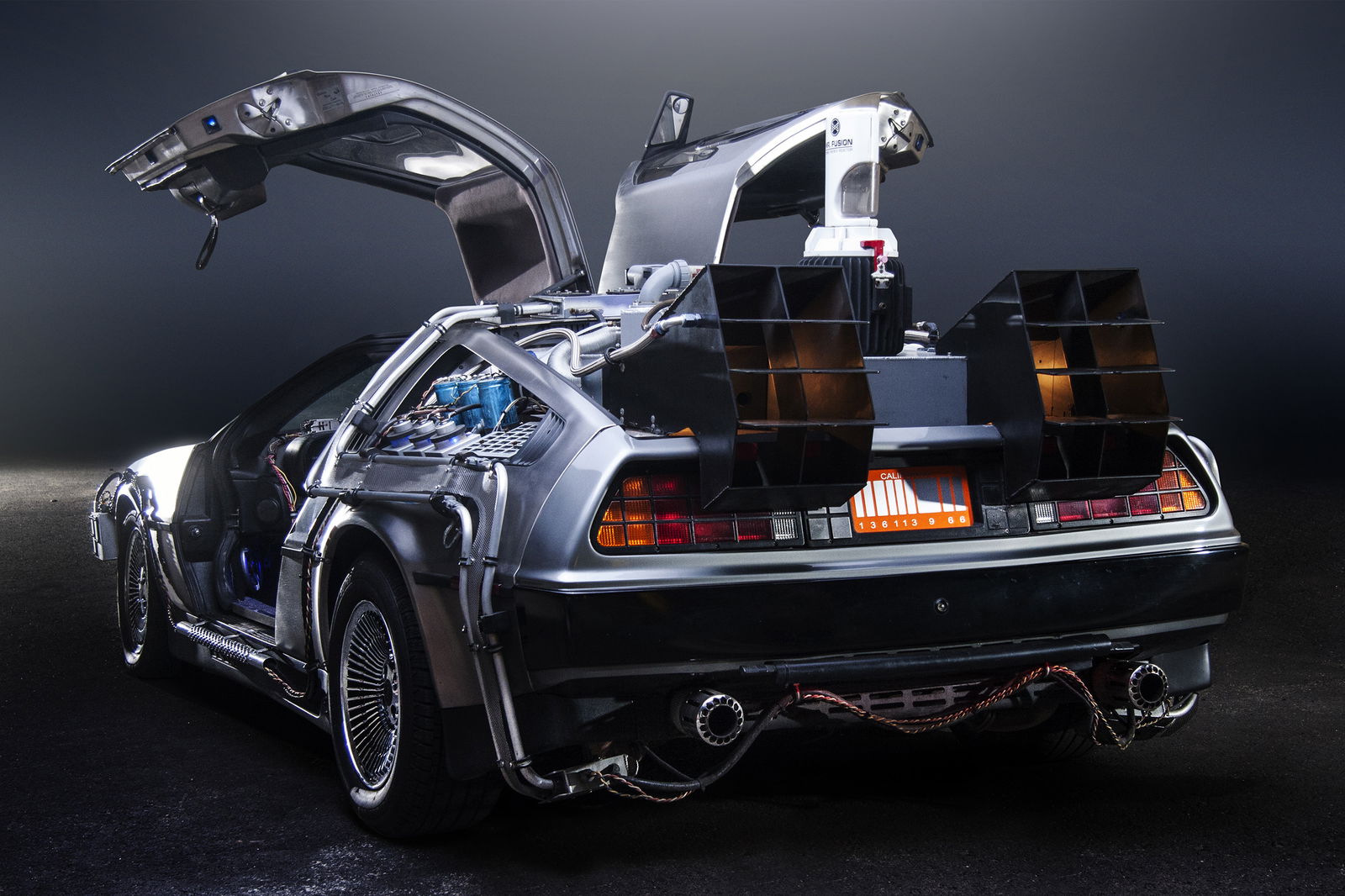
The DMC-12 was hardly John DeLorean’s first attempt at designing a car. In fact, he had been a superstar designer with General Motors in the 1960s. One of his most notable creations was the Pontiac GTO, which was credited with cementing Pontiac’s status as GM’s performance-oriented division. DeLorean was also credited with designing the Pontiac Firebird, which also helped Pontiac to become one of GM’s most profitable divisions. At this time, DeLorean was also rising up the corporate ranks at GM, despite his reputation for clashing with GM upper management. Even after designing the awful Chevrolet Vega, DeLorean was promoted to Vice President of GM’s entire car and truck production. Even though he would’ve had a chance at being President of the company, DeLorean left GM in 1973 in order to pursue his own opportunities.
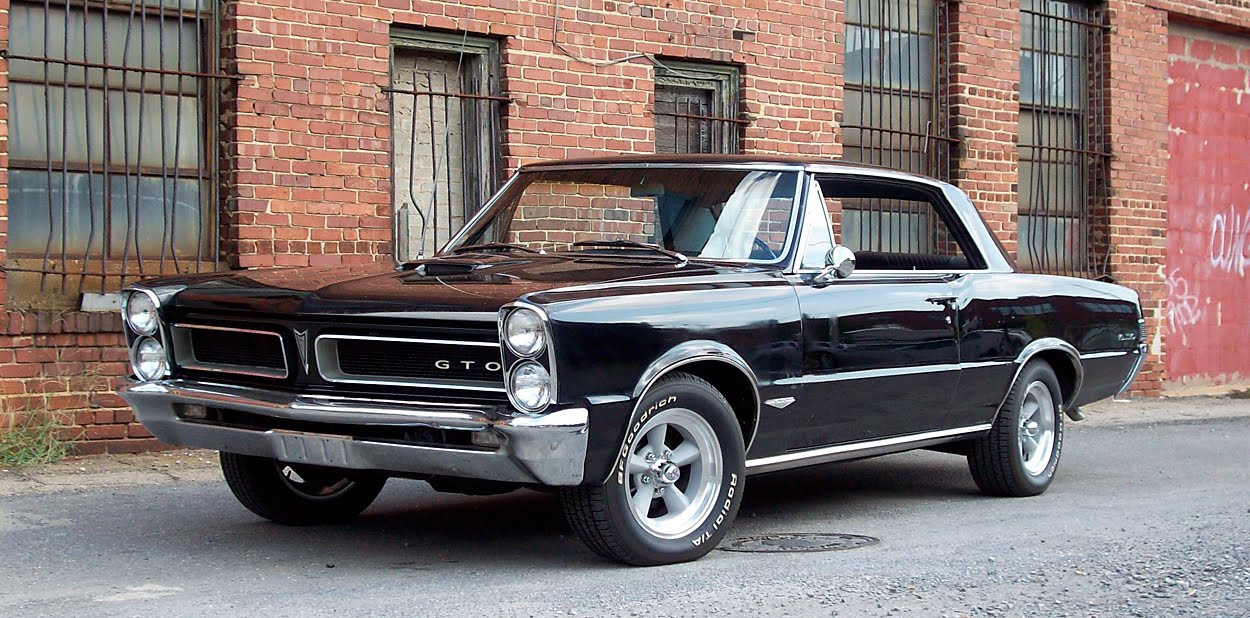
In 1975, the DeLorean Motor Company was born. John DeLorean’s dream was to create a sports car that would be “fun to drive, safe to operate, and long-lasting”. The DMC-12 wasn’t actually styled by DeLorean himself, but by legendary designer Giorgetto Giugario. Initially, DeLorean had called for the chassis to be made of composite materials through a process called elastic reservoir moulding (ERM), which would make the DMC-12 light and rustproof. The iconic stainless steel body panels would be necessary because the body could not be painted traditionally. DeLorean wanted the DMC-12 to be powered by a rotary engine set over the back wheels. Had the original design plan been followed, the DeLorean might have been a real threat to the Porsche 911.
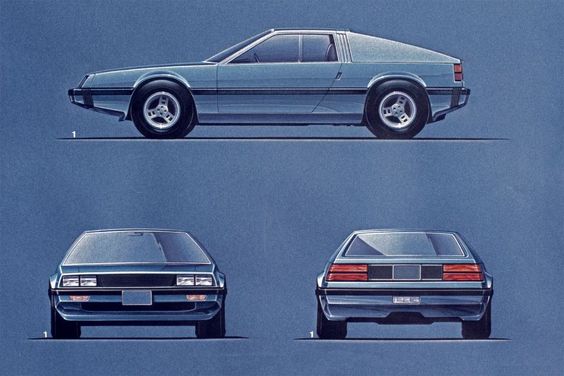
Unfortunately, two things happened that would seriously impact the DMC-12. The company that was supposed to manufacture the rotary engine went bust, and the ERM process turned out to be unfeasible. The DMC-12 ended up being fitted with a 2.8 litre Peugeot V6, which was too big to be installed in the MR layout. Instead, it was placed behind the rear wheels, Porsche 911-style. Coupled with the added weight of a steel chassis, the handling was severely impacted. In fact, the car essentially had to be re-engineered in order to create a saleable product, and the legendary Colin Chapman was called in. Help from one of the best men in the business saved the DMC-12’s handling (at least somewhat), but it did little to improve the DeLorean’s middling performance. However, the worst of the problems wouldn’t come until the car went into production.
John DeLorean wanted the DMC-12 to be built in Puerto Rico, but he settled on building the production facility in Northern Ireland after he was offered a massive subsidy from the British government. Northern Ireland suffered from high unemployment rates, which led to an increase in sectarian violence in the Belfast streets. This seemed like a win-win situation for both the DeLorean Motor Company and Northern Ireland in theory. In practice, it was a disaster. Most of the people in Northern Ireland had no experience in automotive manufacturing, and the factory’s grand opening was marred by protesting from the Irish Republican Army. Worse still, the first few cars that left the lot were so badly built that they were parked alongside the fencing on the factory property. It certainly didn’t help that the company was experiencing serious cash flow troubles.
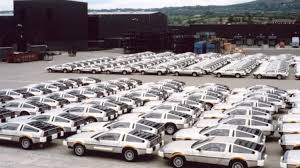
Eventually, after many delays caused by quality issues and financial problems, the DMC-12 made it to market in 1981. The sticker price was $25,000 USD (close to $70K in 2015 USD), but a long lineup of buyers wowed by the DMC-12’s edgy panache put down deposits nonetheless. They were significantly less impressed when they finally picked their cars up—quality and reliability was poor even by 1980s standards. Early cars were equipped with an alternator that couldn’t keep up when all of the car’s electrics were running, causing the battery to drain and the driver to be stranded on the side of the road. Fit and finish was appalling, and the stainless steel body panels were fingerprint magnets. Worst of all, despite being fun to drive, the DMC-12 wasn’t even fast—a much cheaper Mazda RX-7 would’ve smoked it in a drag race.
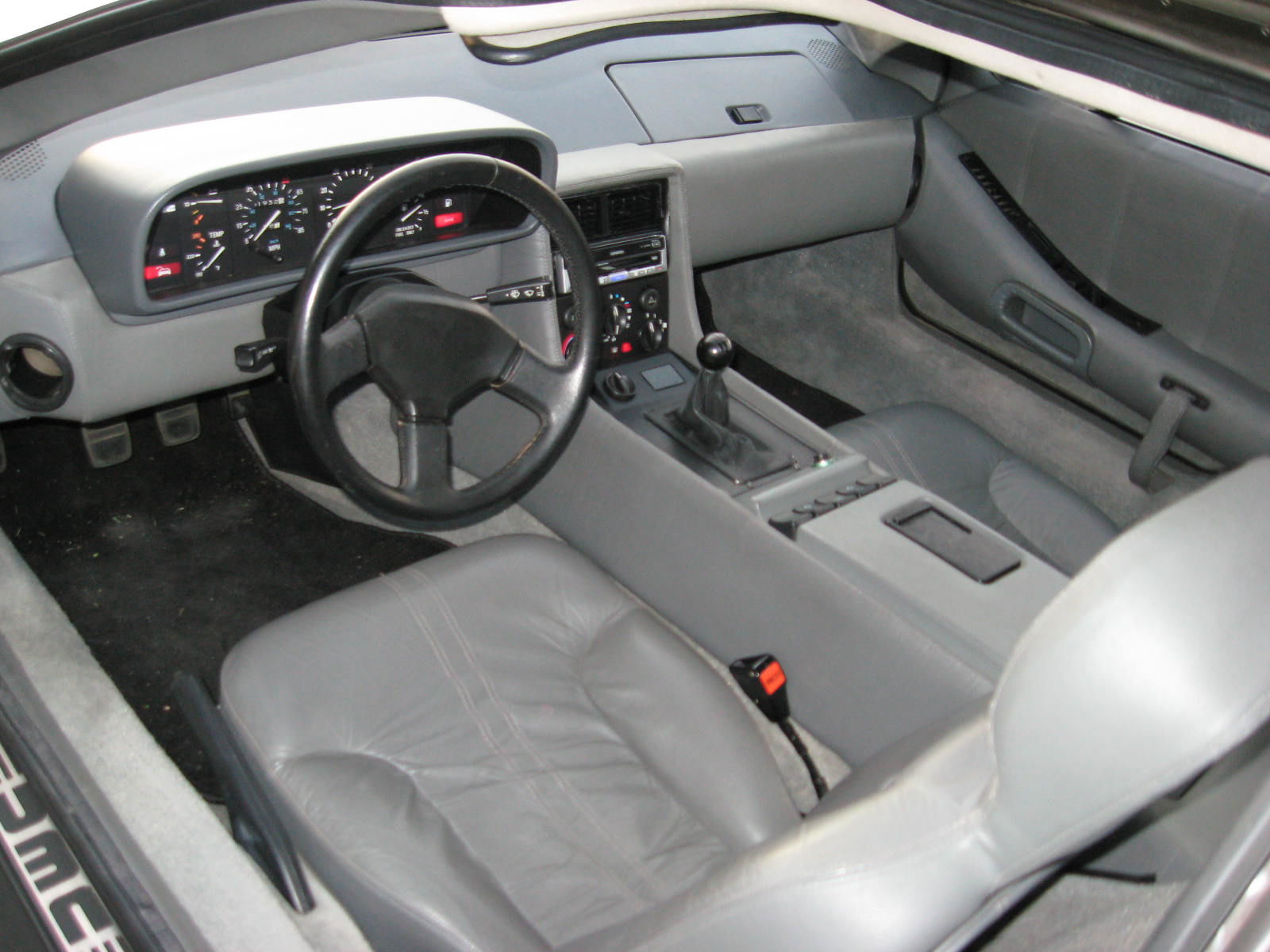
Predictably, the badly-flawed DMC-12 fell well short of sales expectations. DeLorean thought that he could break even if he sold 12,000 cars a year, but the company sold less than half that number in 1981. Coupled with an unfavourable USD-to-GBP exchange rate, the DeLorean Motor Company was in big financial trouble. Attempts to raise funds through the US stock market failed, as did a plea to the British government for financial aid. By 1982, only one year after starting production, the company was already in dire straits. The gravity of the situation was realized later that year, when the FBI arrested John DeLorean for conspiracy to traffic $24 million worth of cocaine into the United States. DeLorean was acquitted when it came to light that he had been coerced into the deal by two undercover FBI agents. However, his reputation was already damaged, and the factory was placed into receivership in 1983. This was, at least until 16 days ago, the end of the DeLorean Motor Company. Only about 8500 cars were built.
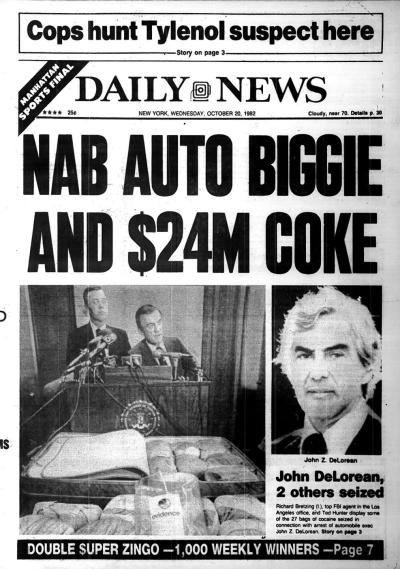
While the DeLorean would be given liquid nitrogen-spec coolness as the time machine in the Back to the Future trilogy, John DeLorean faded into obscurity. Despite having designed some of the most iconic American cars of all time, DeLorean died, virtually bankrupt, from a stroke in 2005. Out of the company’s ashes, a new DMC (no affiliation to the original company) was formed in Humble, Texas. While the new DeLorean Motor Company was originally intended to provide DMC-12 owners with replacement parts and servicing, demand rose to the point where they began to sell refurbished cars, with upgraded engines and components. This is the same DeLorean Motor Company that, just a little over 2 weeks ago, shocked the world by announcing the return of the DMC-12. The obvious question: will the new company learn from the lessons of John DeLorean’s epically cool, but badly-flawed financial disaster?
I think it’s safe to say we can only hope.
Sources:
https://en.wikipedia.org/wiki/DeLorean_Motor_Company
http://exoticcars.about.com/od/overviewsofmaker1/p/DeLoreanHistory.htm
Comments
Good write up!
I want to see the new company build the rotary powered sports car of John DeLorean’s dreams, done properly a few years away
if they will build a delorean with like 600 deadly hp from a rotary engine, and beefy suspension so that it even could handle rally racing. what would that be like?
1……..2……….3 Triple vision
A very high quality cover on the DeLorean story!
Excellent article man, great work.
Here’s a much lesser known story about Steve Arrington, the FBI’s transporter for the briefcase that would end up framing John DeLorean.
https://www.newsreview.com/chico/from-convict-to-crusader/content?oid=4326059